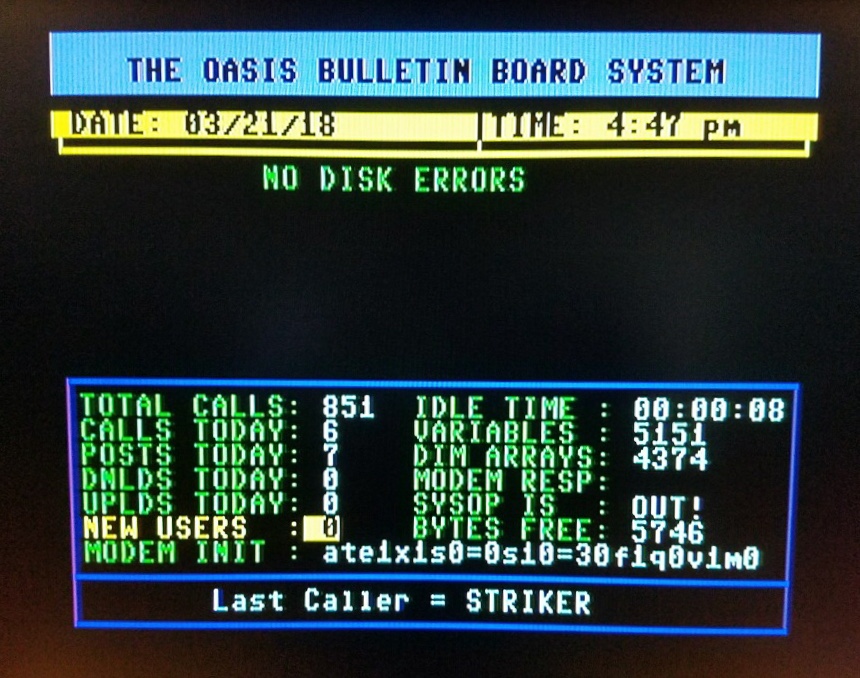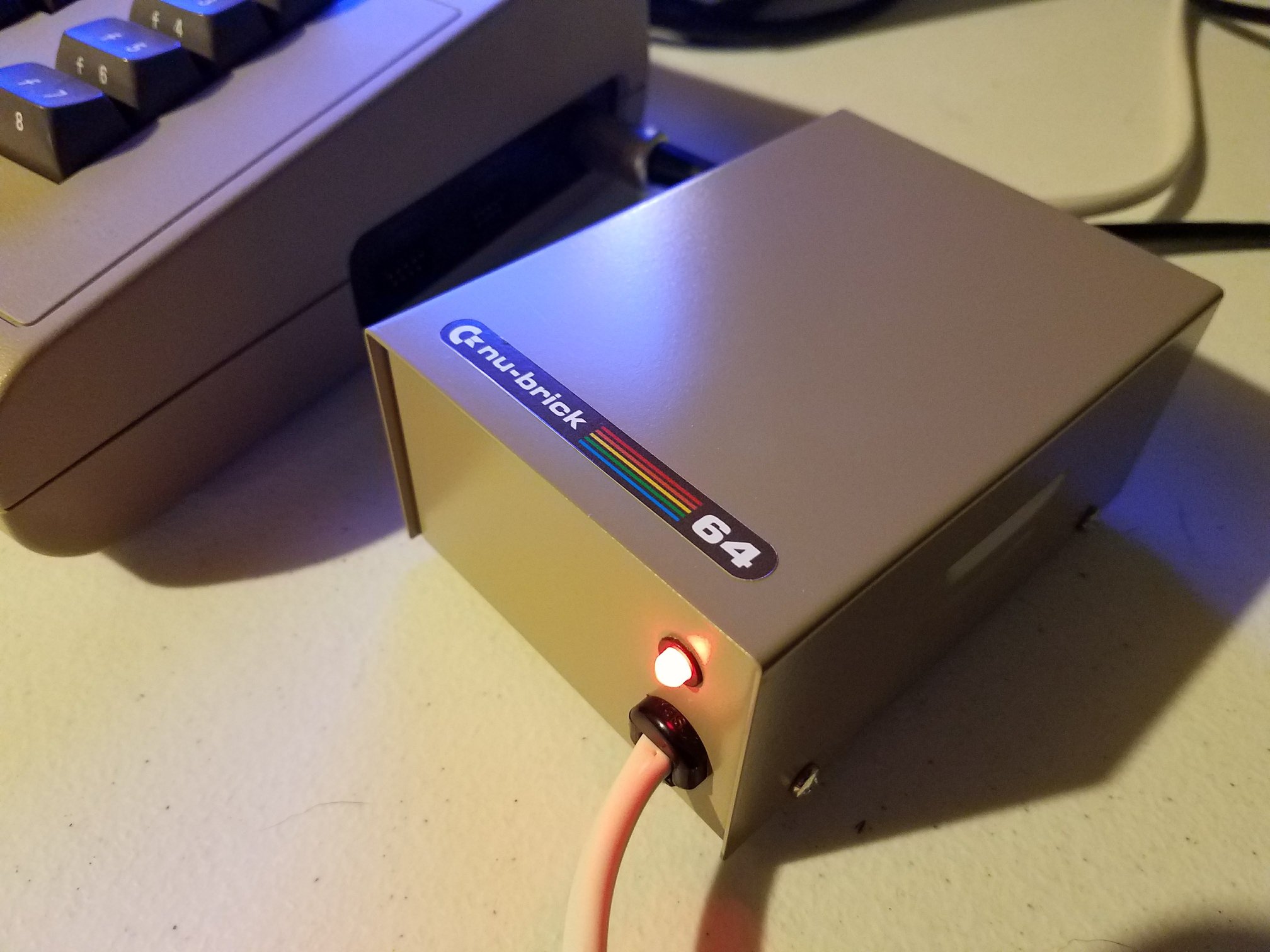Chris fires up a 2011 Intel Mac Mini rescued from e-waste, curious to see if the old hardware can still be useful. Featuring an Intel i7 dual-core CPU, 16GB of RAM, and a 500GB Hitachi hard drive, it may be slow by 2025 standards, but Chris isn’t ready to toss it aside. The machine’s top shows some rust stains and coffee marks, but after a quick cleanup, it’s ready for testing.
He boots it up using his known administrator credentials and quickly confirms what he expected—it’s sluggish. Still, Chris digs deeper, checking the system specs and performance before deciding it’s time to try something different.
Booting Pimiga from USB
Next, Chris plugs in a Pimiga USB stick to see if it will run without modification. After a bit of keyboard juggling, he successfully boots into Pimiga 4. The system launches with a few minor alerts but otherwise runs smoothly. The 2011 Intel Mac Mini handles the emulated Amiga desktop surprisingly well.
Chris tweaks the display settings to get the proper resolution and marvels at how capable the little Mac still is under Linux. He notes that while macOS Catalina feels outdated, Pimiga gives the system new life without needing drivers or extra setup.
Giving Old Hardware a Second Wind
With Pimiga running, Chris proves that even old Apple hardware has a future beyond macOS. The i7 CPU and 16GB of RAM may not impress modern users, but they are more than enough for Linux and Amiga emulation.
He concludes that with a few adjustments, such as swapping the slow hard drive for an SSD, this Mac Mini could serve as a capable retro machine. The experiment shows how easily Pimiga can breathe life back into aging computers, extending their usefulness long after Apple has moved on.







